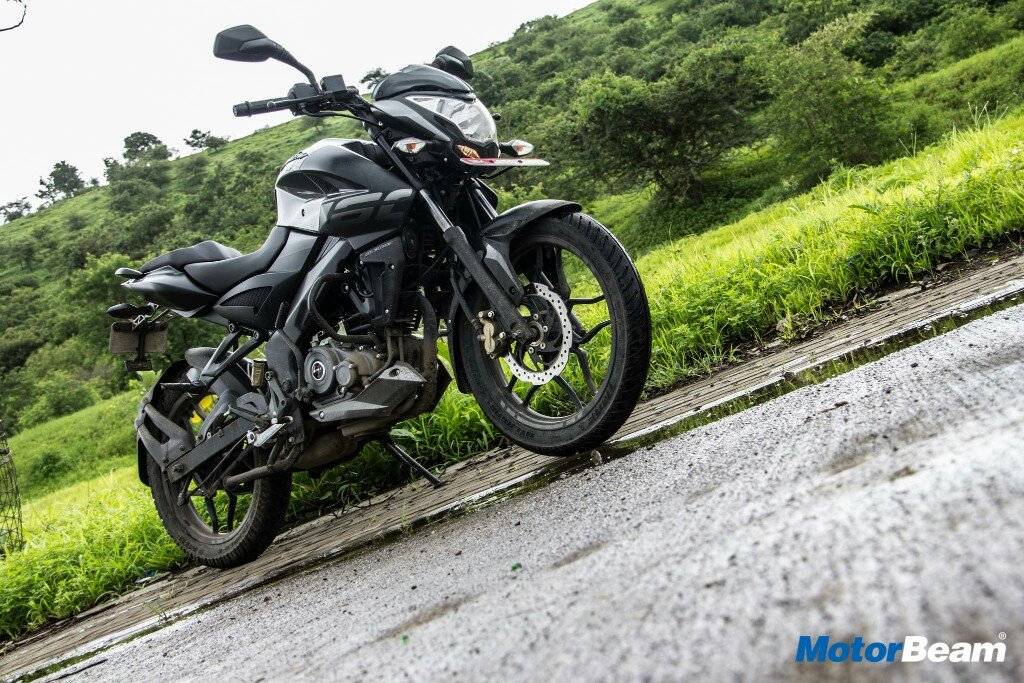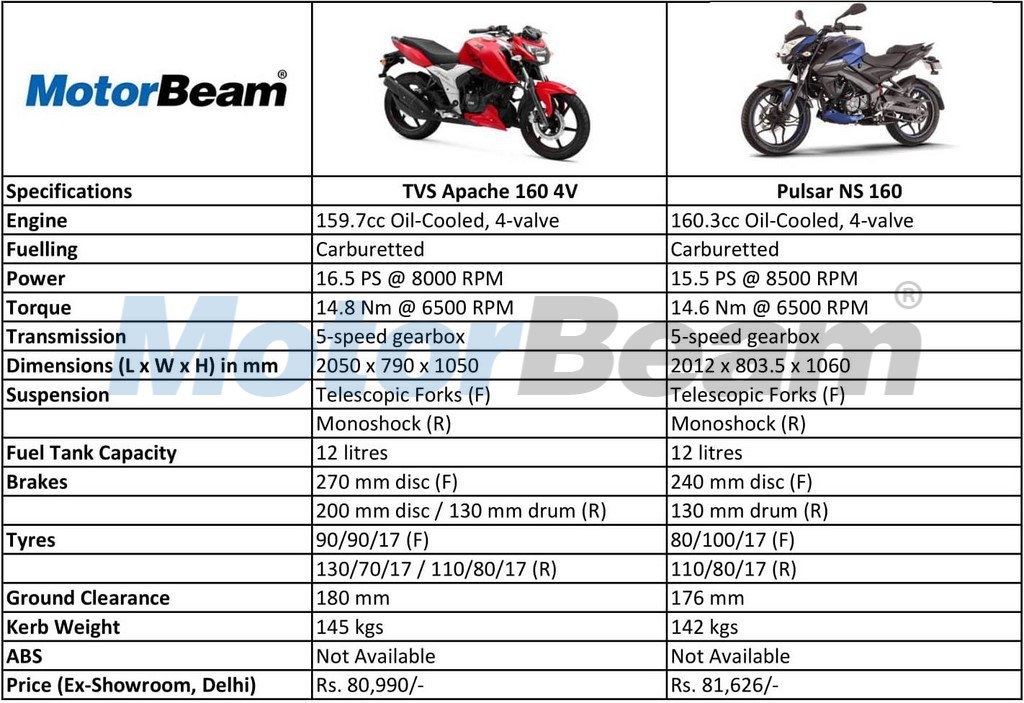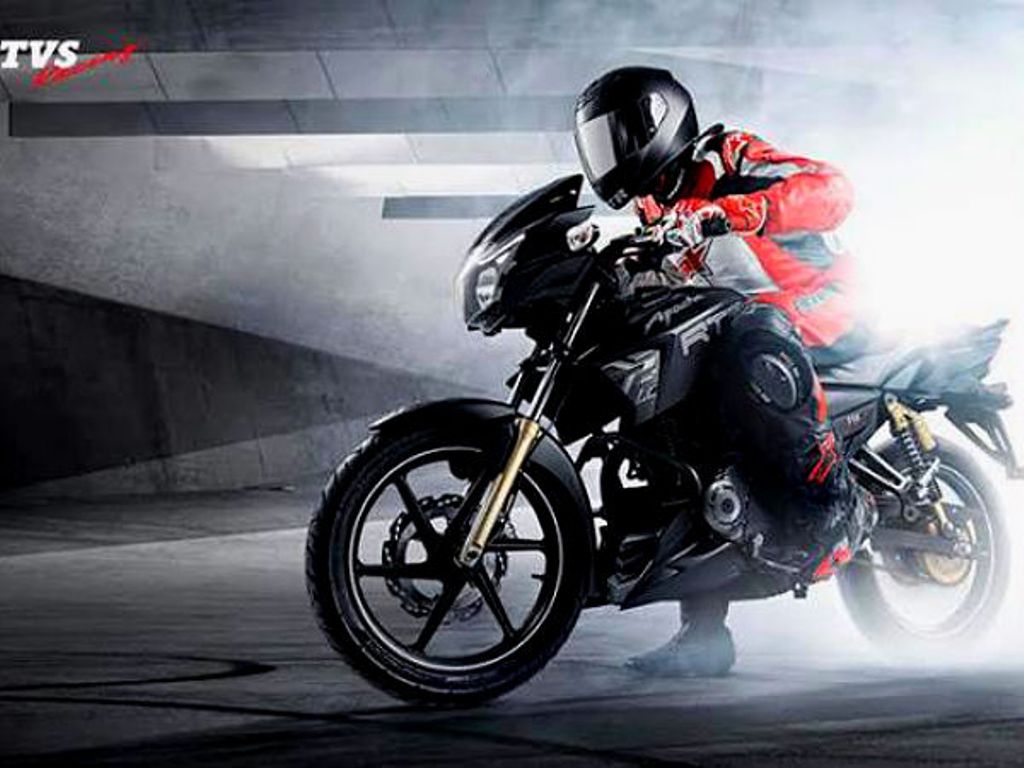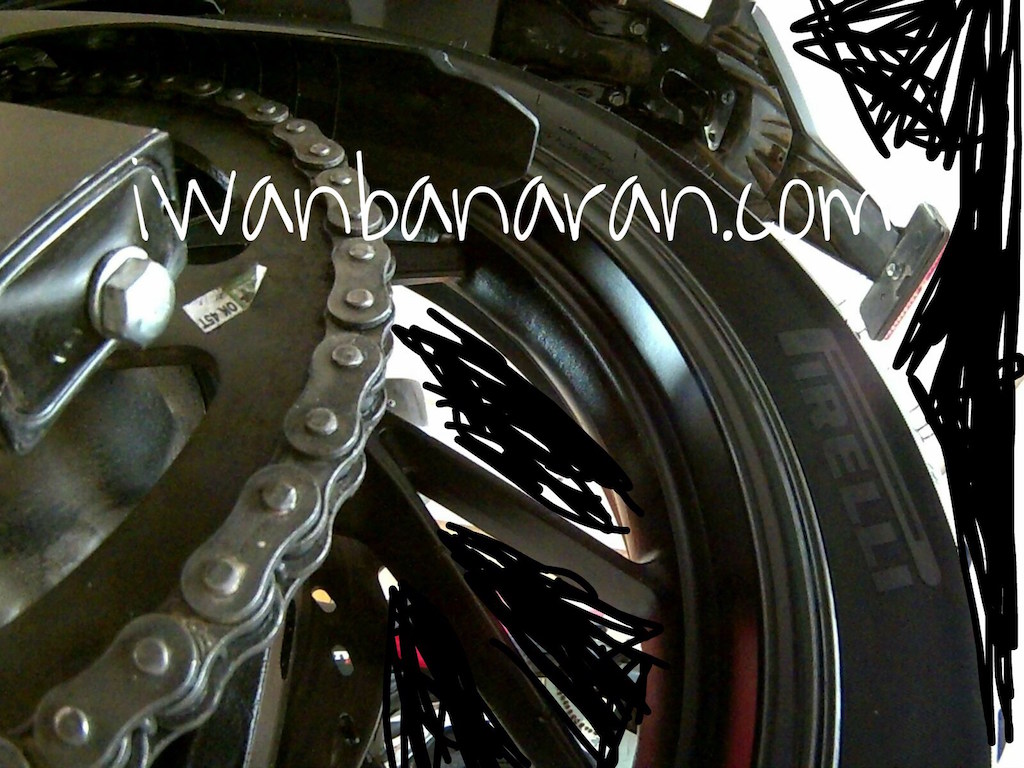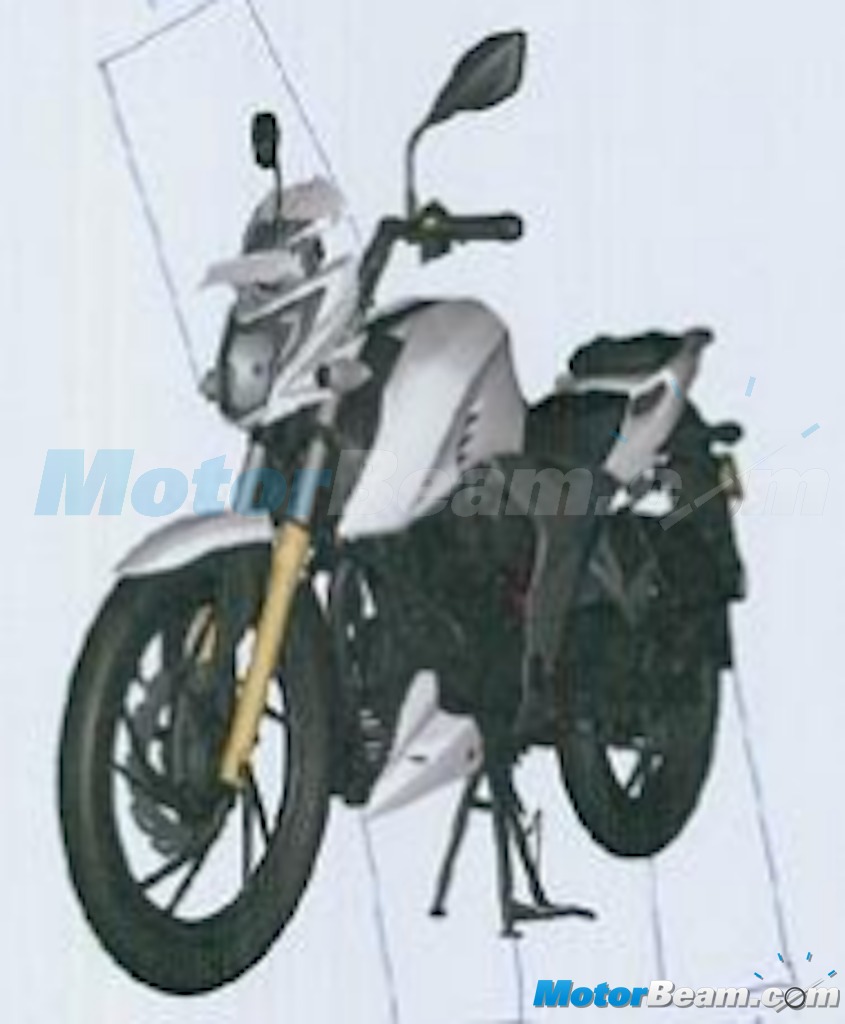How does the thoroughly refreshed Apache 160 4V fare against its competition, we do a quick paper comparison to find out.
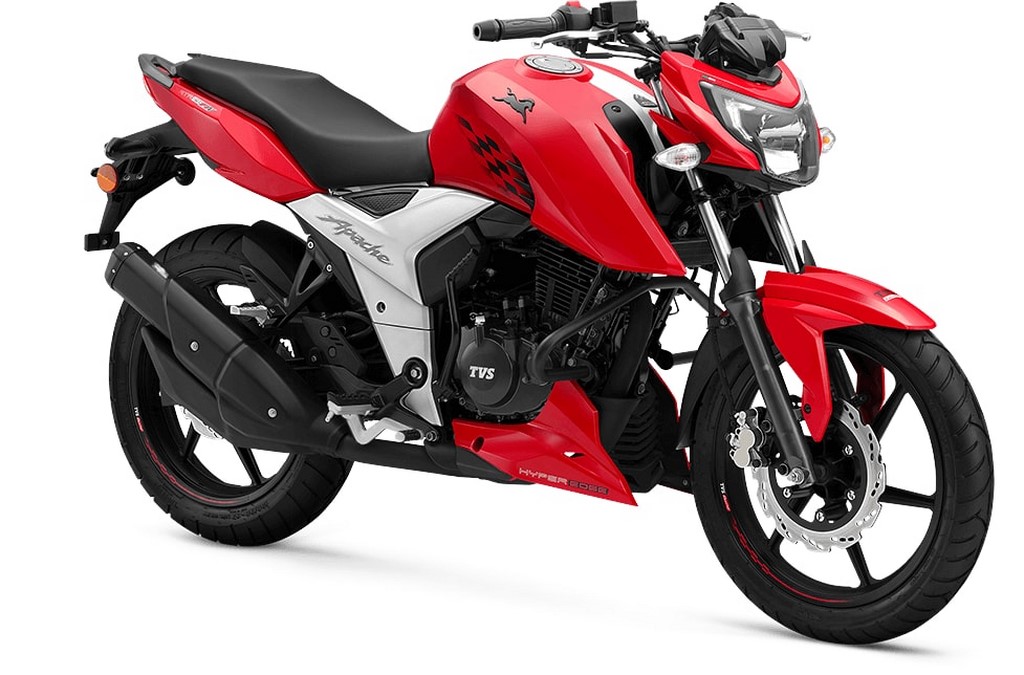
Off late, the 160cc sport-commuter segment in India has been seeing a lot of action. The Suzuki Gixxer came as a fresh breath of air while the Honda CB Hornet 160R was praised for its muscular looks. Bajaj was the latest entrant to this bandwagon (with the Pulsar NS 160) until TVS brought a completely new Apache 160 just a few days back. The new Apache redefines performance in the segment with impressive numbers on the paper but here is how the newest kid fares against its arch rival, the Pulsar NS 160.
Design and Looks – Both the Apache 160 and Pulsar NS 160 look a lot like their larger siblings, the Apache 200 and Pulsar NS 200 respectively. Both the motorcycles do with a halogen headlight, LED tail-light and split grab rails and that is where the similarities end. Since looks are subjective, we’ll leave it to you to decide which among the two motorcycles is the better looker.
Dimensions – In terms of sheer dimensions, both the Apache 160 and Pulsar 160 are closely matched. However, it is the Pulsar that is marginally wider and taller than the Apache while the latter is longer by 38 mm than the former. The Apache 160 4V is at a slight advantage when it comes seat height and wheelbase. The bike gets 800 mm seat height and a 1357 mm wheelbase as opposed to 805 mm seat height and 1363 mm wheelbase in the Pulsar. Lower seat height means the bike is that much more accessible to shorter riders while a shorter wheelbase ensures better flickability in the city roads.
Features – The Apache 160 offers a fully digital instrument cluster, LED DRLs, optional fuel injection, optional Pirelli tyres and front and rear (optional) petal disc brakes (Pulsar gets only front petal disc brake). The Pulsar gets only a semi-digital instrument cluster and no choice of a rear disc brake or even fuel injection for that matter. Clearly, it is the Apache 160 that takes the cake when it comes to features. Both the motorcycles use telescopic forks up front and a monoshock at the rear.
Performance – Both the vehicles in this comparison are powered by a 160cc oil-cooled motor with 4 valves. However, it is the Apache that has an upper hand when it comes to sheer power and torque figures. 16.5 PS and 14.8 Nm in comparison to the Pulsar’s 15.5 PS and 14.6 Nm. What puts the Apache at a further advantage is the fact that the power is extracted at an early 8000 RPM. Both the bikes get a 5-speed manual gearbox.
Verdict – At Rs. 80,990/-, the Apache is definitely more value for money than the Pulsar NS 160’s asking price of Rs. 81,626/- (both prices, ex-showroom, Delhi). Add another Rs. 3000 and you get a rear disc on the Apache. With more features, more power and comparatively lesser asking price, the Apache trumps the Pulsar and wins this comparison.
Apache 160 4V vs Pulsar NS 160
